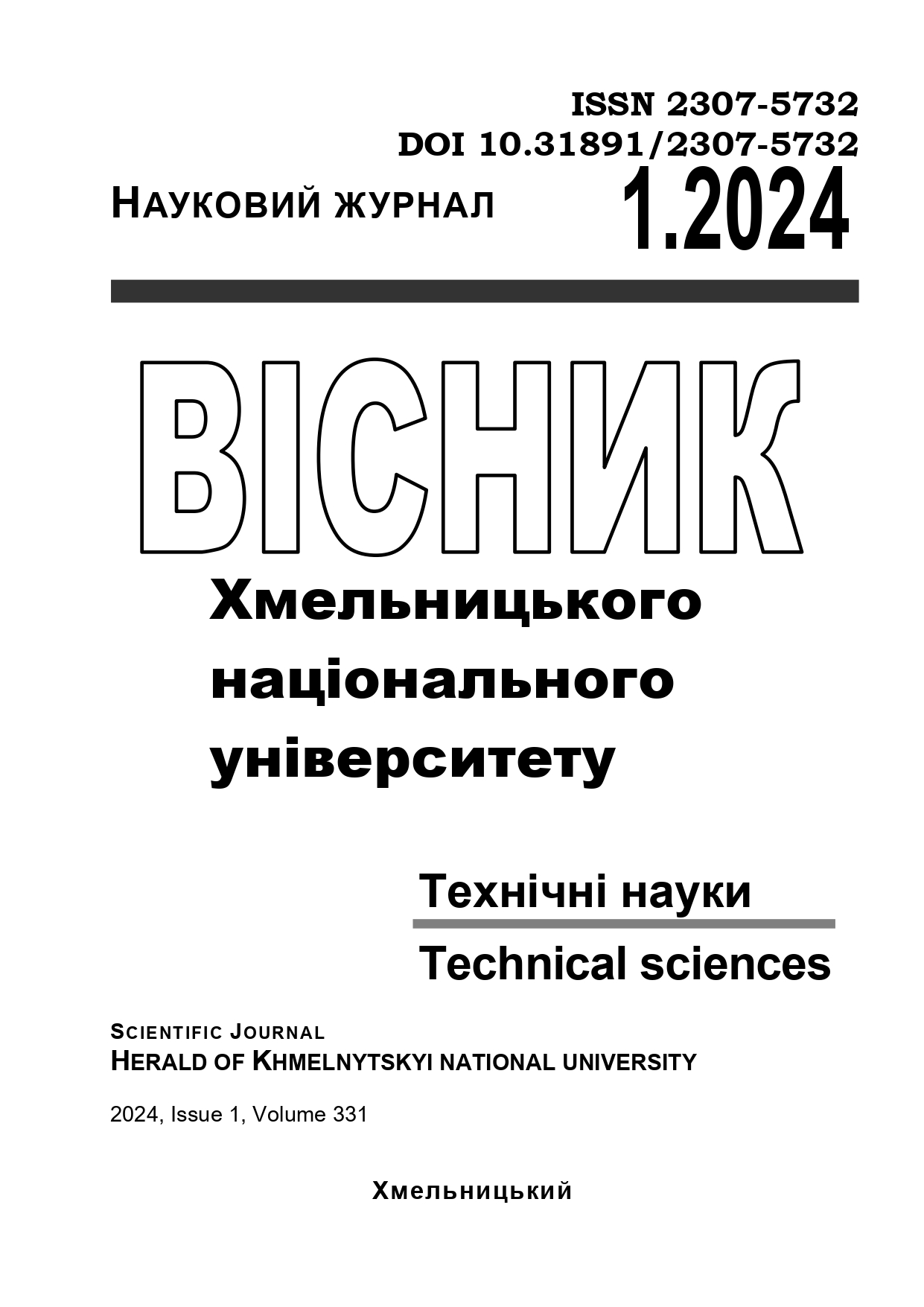SUITABILITY OF OILY FLAX STRAW FOR FIBER PROCESSING
DOI:
https://doi.org/10.31891/2307-5732-2024-331-52Keywords:
linseed oil, straw, fiber, suitability, processingAbstract
Flax belongs to the few industrial crops, from which two types of products can be obtained simultaneously - seeds and fiber. Industrial processing of straw aimed at obtaining fiber can solve issues related to providing enterprises with domestic natural raw materials. The wide range of use of fibers from linseed stalks has contributed to a number of studies on the processing of linseed stalks. However, linseed oil straw has some disadvantages that limit its use and the development of new technologies for the primary processing of flax fiber. In order to obtain more profit from flax straw, producers need to know the quality of the straw, so the factors that affect its suitability for processing and processing methods that will increase the value for processors and producers need to be researched. The factors that affect the suitability of flax straw for processing are established: trash, weeds, plant height, fiber content, straw length and orientation, and transportation cost.
It has been proven that it is necessary to choose varieties of linseed with a high fiber content and to focus on varieties with high stems and during mowing to use methods that will increase the height of flax straw in order to avoid the loss of the harvest of the technical part of the stem; increase sowing rates to increase fiber yield; control the density of crops and the height of the plant to manage the ratio of seeds and straw in accordance with production tasks; check crops for clogging and the presence of weeds. It is advisable to use devices to quickly obtain data on the fiber content in order to determine the suitability of straw for processing, so it is promising to conduct further research in this direction.

